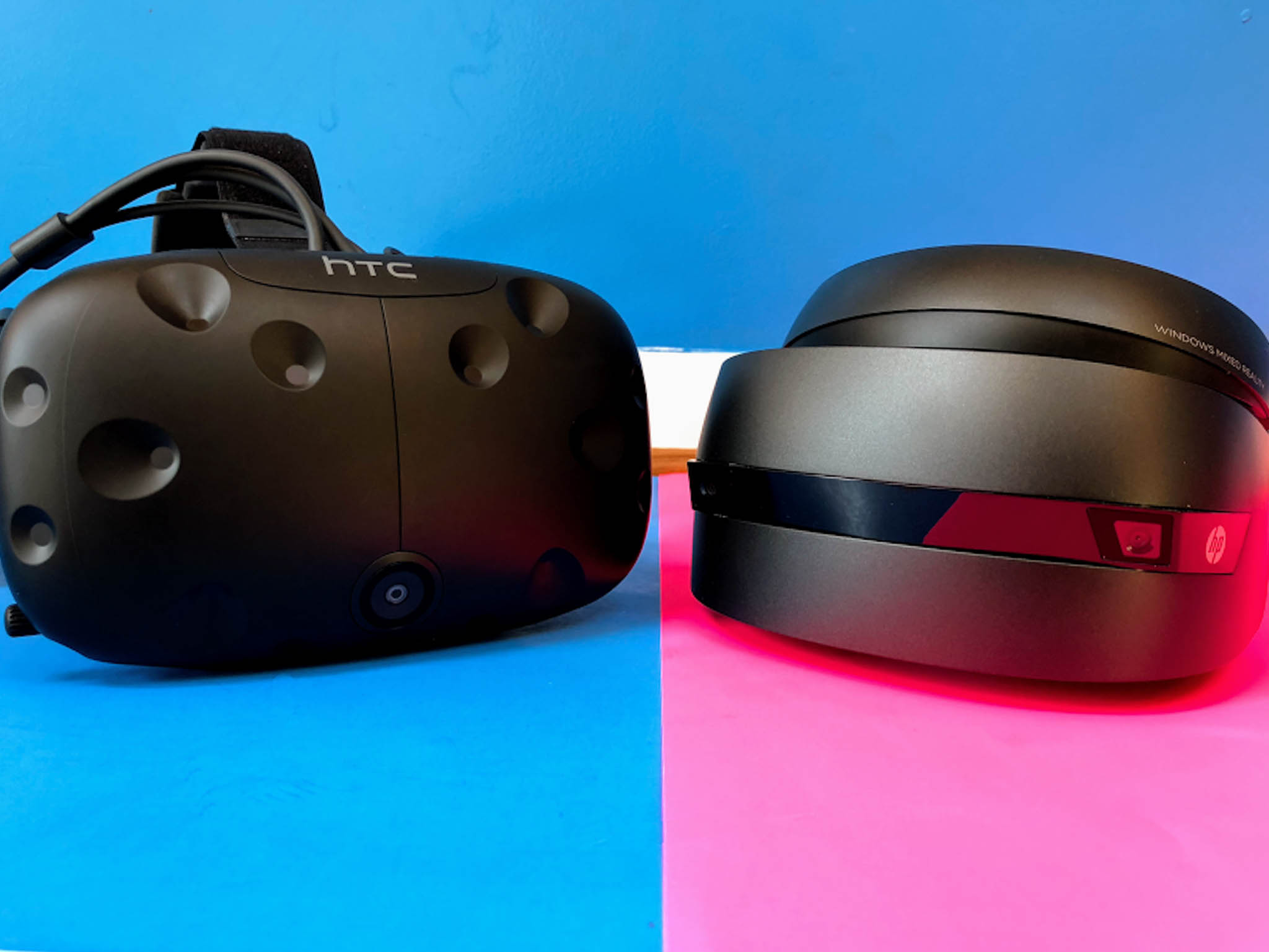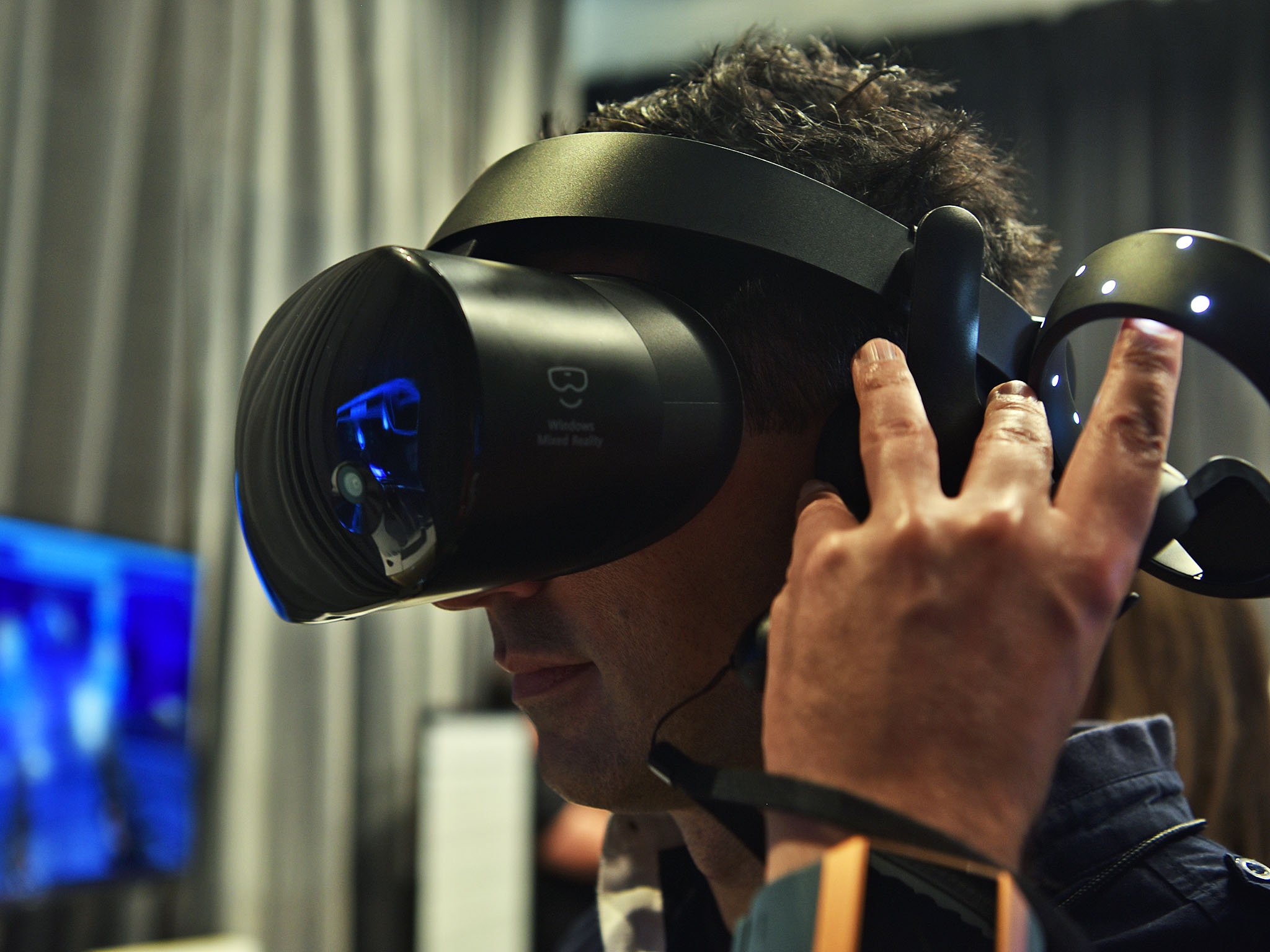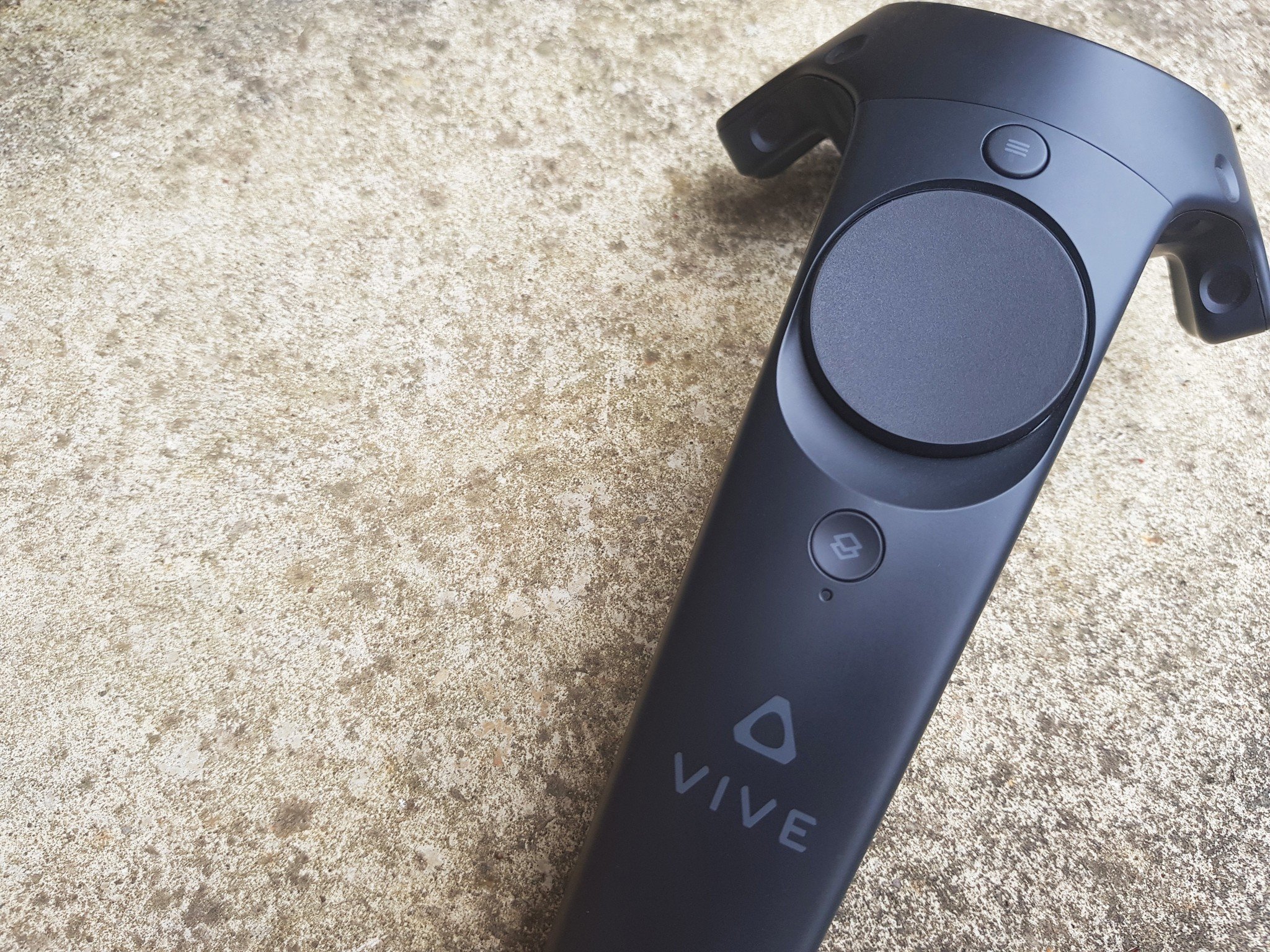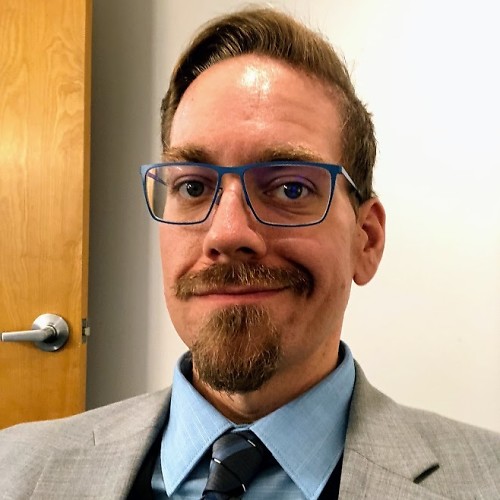HTC Vive vs. Windows Mixed Reality: Which should you buy?
If you want the best VR experience, where should your money go?

Microsoft's first efforts in gaming VR has finally taken shape in the form of Windows Mixed Reality headsets, and lots of them. But is newer always better, especially when HTC and Steam have been working side by side to make the existing Vive headset the undisputed champion of full-room VR experiences over the last year?
Take it from someone who has spent a lot of time in both, this isn't an easy question to answer. Here's everything you need to know when choosing between these two headsets.
Speeds and Feeds

While using these headsets is actually surprisingly similar after set up, there's a lot you need to know about what is going on behind the lenses. Here's the quick list:
- Windows Mixed Reality headsets have a noticeably higher resolution display (1440x1440x2) than the HTC Vive display (1080x1200x2)
- Windows Mixed Reality headsets let you lift the display up to see the real world, which really should be an industry standard.
- The minimum system requirements for HTC Vive games and Windows Mixed Reality Ultra games are basically identical.
- HTC has a huge list of very useful accessories, including the Deluxe Audio Strap with integrated headphones and the Vive Tracker.
- Both headsets use motion controllers, but the Vive wands are way more comfortable to use for long gaming sessions. They're also noticeably more accurate than WMR controllers, especially when held closer to the body.

Having said all of that, the one massive way Windows Mixed Reality stands out is in setup and tracking. The HTC Vive has two hefty Infrared "lighthouses" which must be set up on opposite sides of a room and calibrated before use. This takes a few minutes even when you know what you're doing, and each of these "lighthouses" have a separate power supply and connects to a sync box before connecting to your PC. It's a lot of cables and set up and, infrequently, frustration.
Windows Mixed Reality headset is very much the opposite experience. You plug in the HDMI cable, plug in the USB cable, perform the 30-second calibration and room set up, and you're ready to game. Microsoft's use of Inside-Out tracking removes the need for big sensors or boxes, and that's great for people who just want to get in and game. The only significant caveat here is with accuracy. Windows Mixed Reality controllers frequently lose tracking when close to the body (especially under the chin or over your shoulder) and have a habit of visually drifting occasionally. In my testing, these controllers need to be re-calibrated once a week to maintain the most accurate setup. That doesn't need to be done with Vive controllers, because of the external tracking sensors.
Gaming and everything else

The main event for any VR headset right now is games. The platform with the best or the most games wins, right? Well, VR is a little weird and complicated on that front right now, especially when it comes to Windows Mixed Reality.
Vive is the first headset mostly powered by SteamVR, which is a pseudo-open platform where almost any VR headset can loosely participate. Nearly every game you will find in the SteamVR Store has been made and optimized for the Vive, because that's what most SteamVR players own. The only real alternative for Vive owners is the HTC-made Viveport store, which has a fraction of the games you can find on SteamVR but includes a subscription model that gives you a whole lot of VR games for "free" every month to play.
All the latest news, reviews, and guides for Windows and Xbox diehards.

Windows Mixed Reality has its own store for VR games, and it's the same store you use for everything else in Windows. The Windows Store has a couple of fun VR games, but very few exclusives worth getting excited over. For a vast majority of WMR owners, if you want fun games you need to access Steam just like HTC Vive owners. WMR headset owners have access to just about every SteamVR game Vive owners have access to, but unless the game has been optimized for WMR controllers the experience can frequently be a little clumsy.
It would be very cool to see Microsoft drop a few killer first-party WMR exclusives in the Windows Store, but the best available right now in that arena is a Halo-themed shooting gallery app you're likely to tire of in an hour.
Which should you buy?

Both of these headsets are excellent, and the category of games you will eventually have access to with SteamVR makes Windows Mixed Reality headsets even more compelling, but really this is going to come down to price for a lot of people.
The average Windows Mixed Reality headset is technically more capable than a Vive, requires less time to set up, and is available for $300-450 when you add in the motion controllers. An HTC Vive starts at $500, and can become considerably more expensive as you accessorize.
Here's how each of the Windows Mixed Reality headsets compare to one another
That having been said, the Vive accessories are a huge part of the ecosystem that Microsoft is nowhere near building. Wireless Vive adapters make it so there's no more cable to trip you up, though you absolutely pay for the privilege. With a Vive Tracker you will soon be able to bring physical objects into VR and introduce incredible immersion into your experience. The unreleased "knuckles" controllers Valve has been working on let you play games without needing to actually hold a controller. It's clear Valve and HTC are deeply focused on an immersive future experience, while Microsoft is just starting to line up at the starting line.
Putting it differently, buy an HTC Vive if you know you want to see your VR experience evolve quickly and you're eager to experiment. Buy a Windows Mixed Reality headset if you want to save a little cash and get a great VR experience you can enjoy without a lot of extra steps.
Updated July 09, 2018: This article has been updated with long-term experiences with both headsets.

Russell is a tech nerd who chases the best of everything, from phones to game consoles to laptops and everything glowing or beeping. He's the Former Managing Editor of gaming content for Mobile Nations and can be found contributing to all of the Mobile Nations sites. Reach out on Twitter!
